Forward propagation
Introduction to Deep Learning in Python

Dan Becker
Data Scientist and contributor to Keras and TensorFlow libraries
Bank transactions example
- Make predictions based on:
- Number of children
- Number of existing accounts
Forward propagation

Forward propagation

Forward propagation

Forward propagation

Forward propagation

Forward propagation
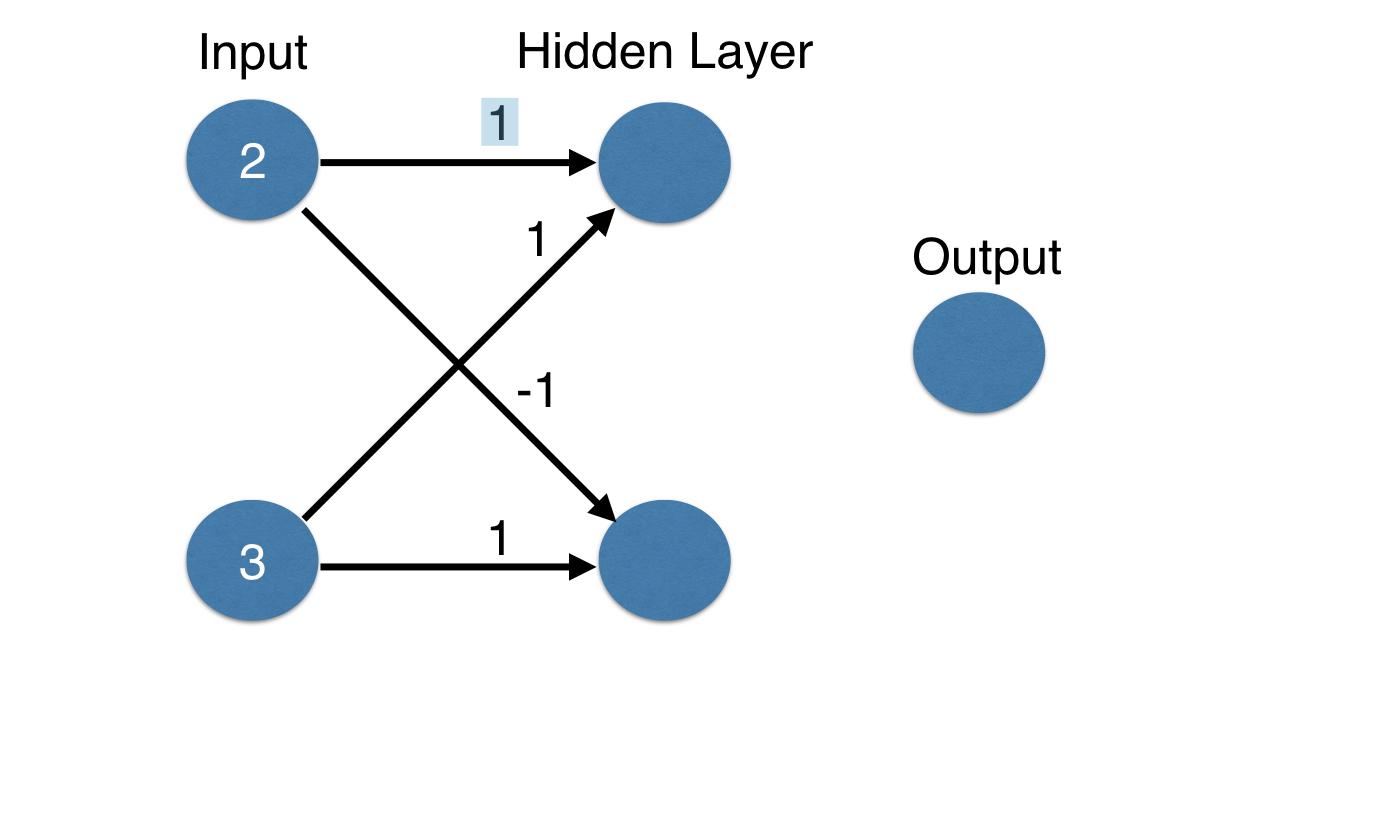
Forward propagation

Forward propagation

Forward propagation

Forward propagation

Forward propagation
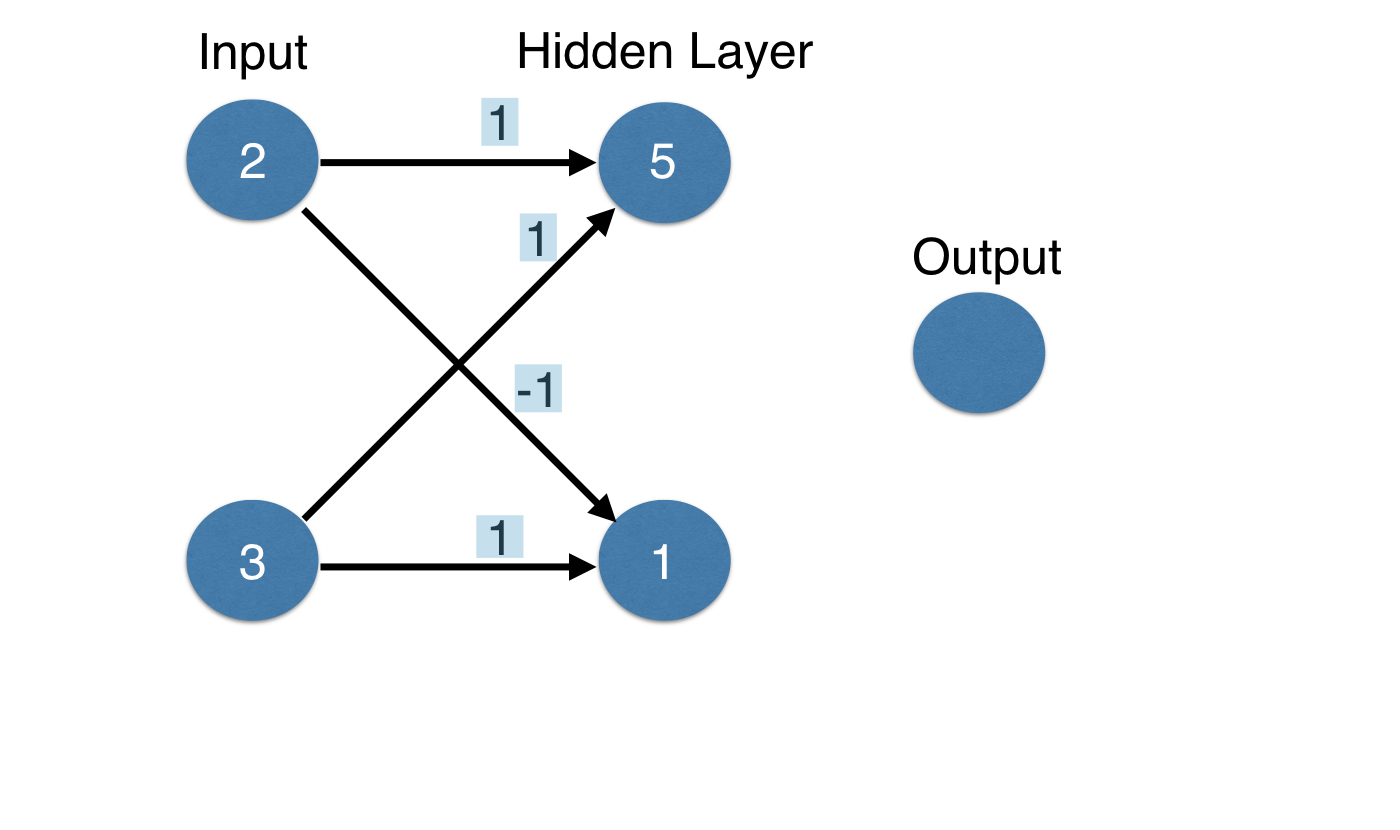
Forward propagation
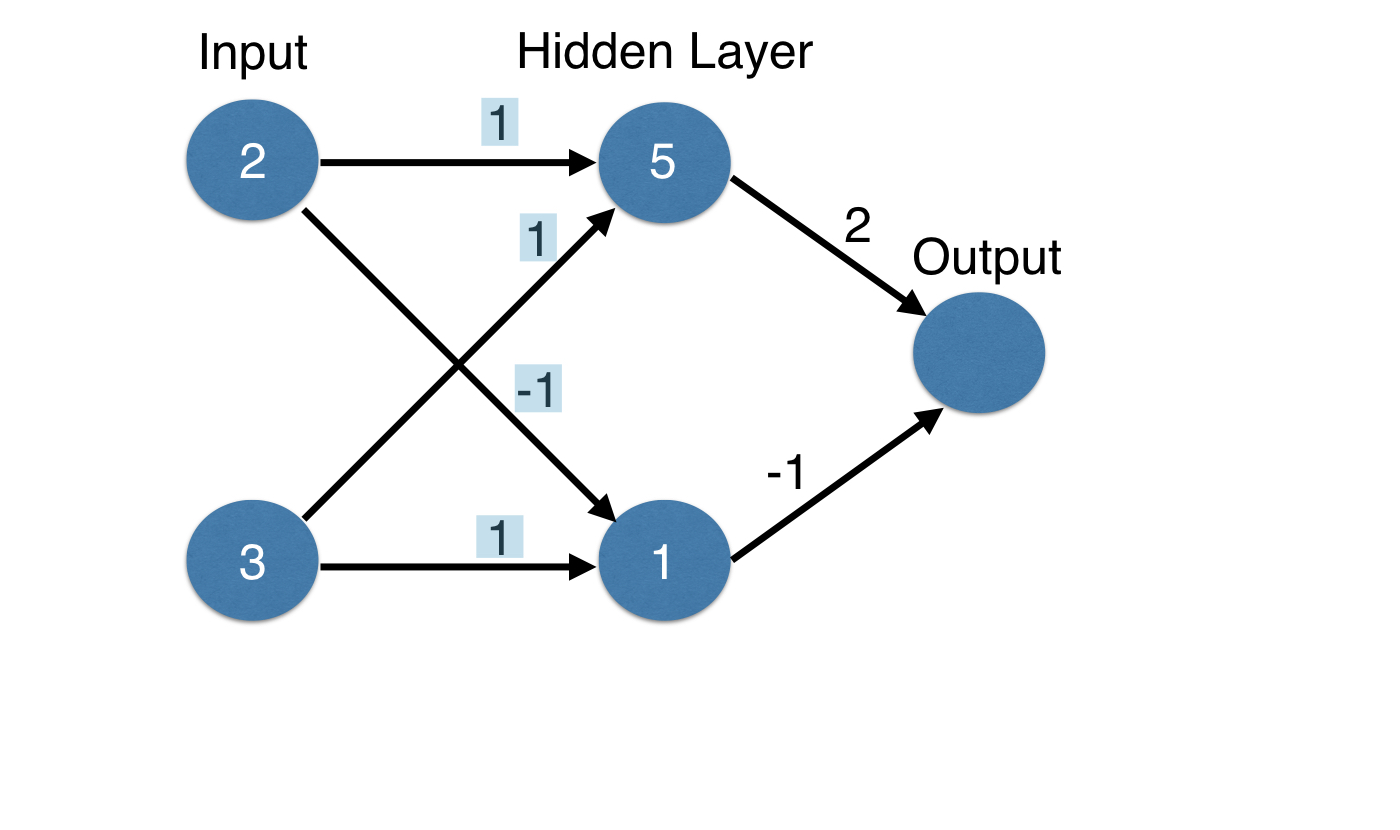
Forward propagation

Forward propagation
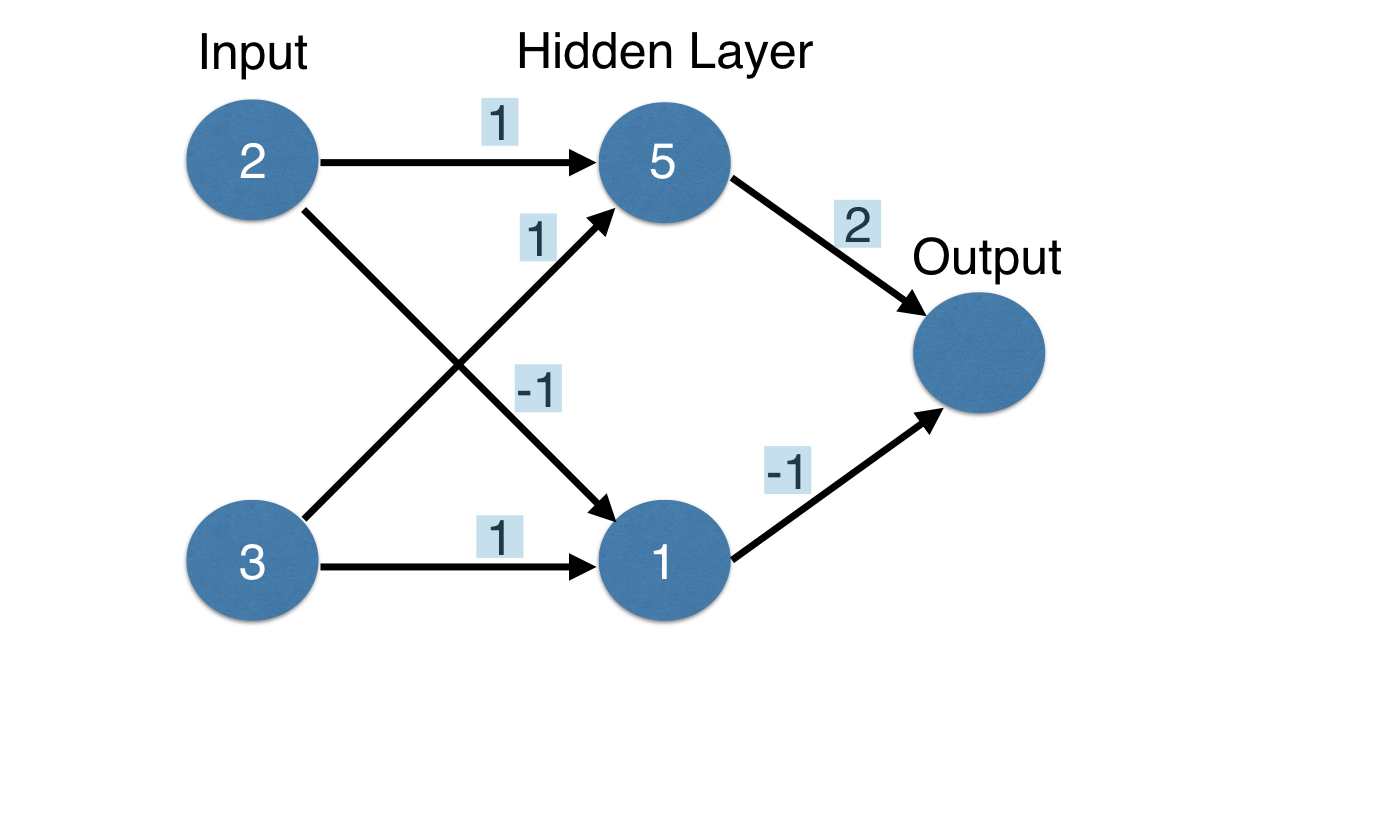
Forward propagation

Forward propagation
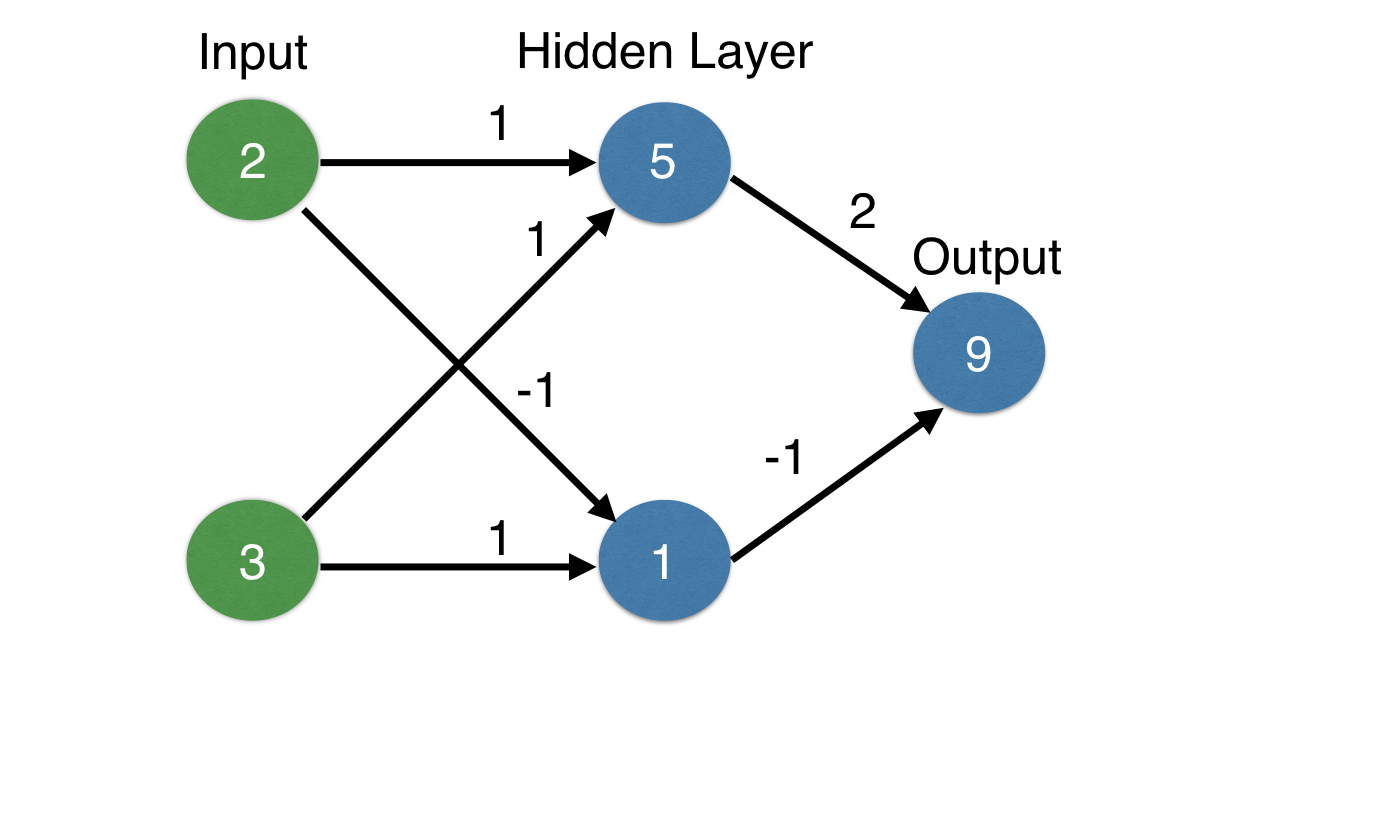
Forward propagation
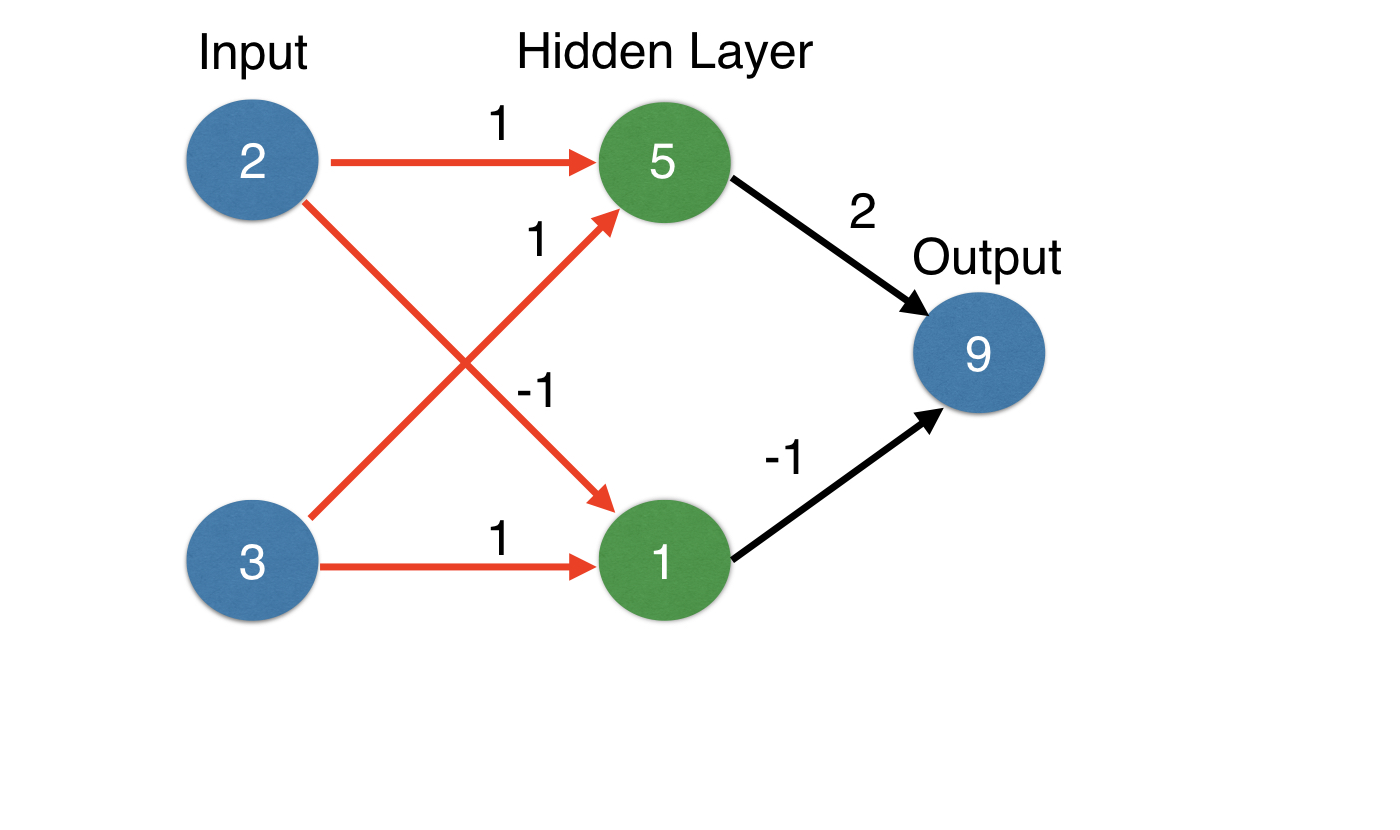
Forward propagation
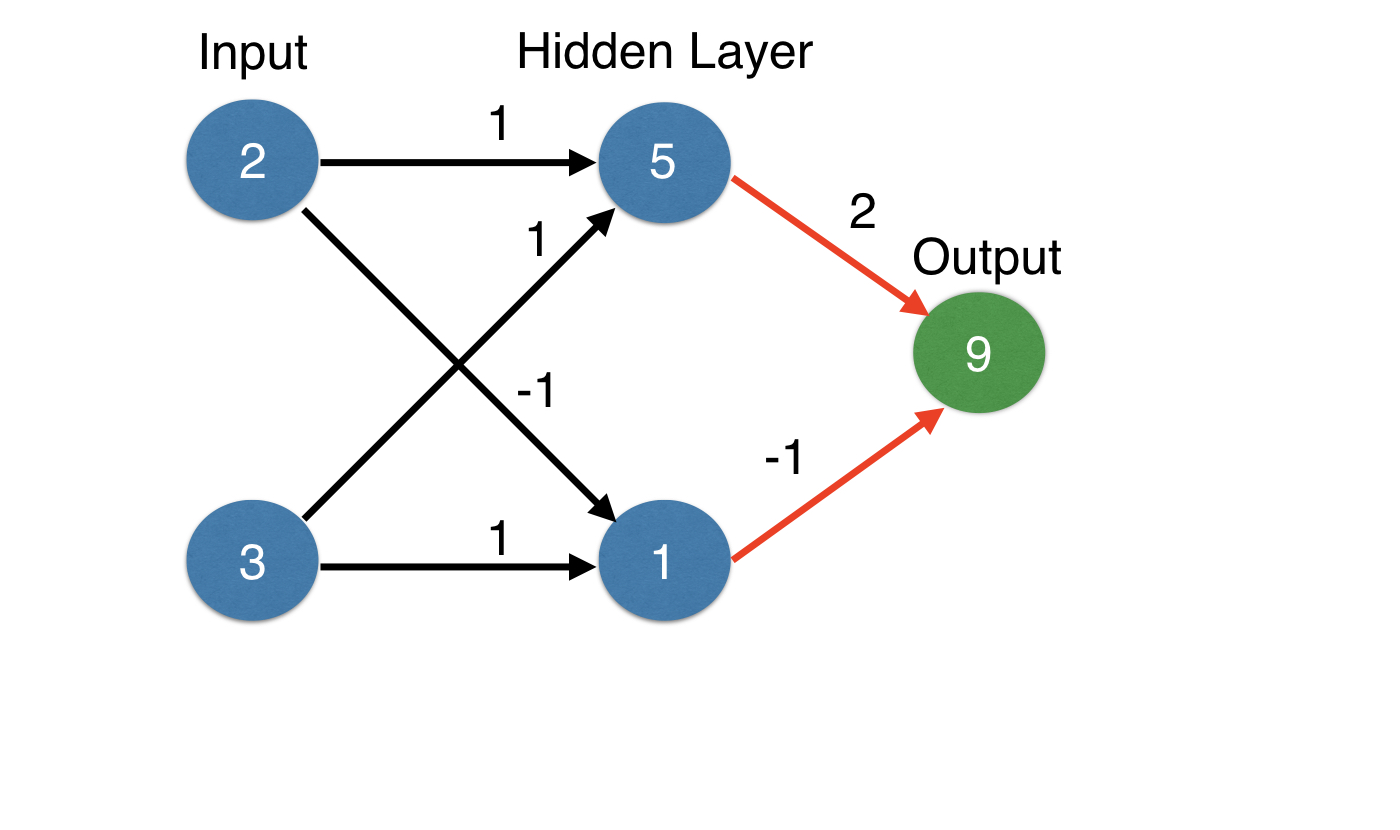
Forward propagation
- Multiply - add process
- Dot product
- Forward propagation for one data point at a time
- Output is the prediction for that data point
Forward propagation code
import numpy as np
input_data = np.array([2, 3])
weights = {'node_0': np.array([1, 1]),
'node_1': np.array([-1, 1]),
'output': np.array([2, -1])}
node_0_value = (input_data * weights['node_0']).sum()
node_1_value = (input_data * weights['node_1']).sum()
Forward propagation code
hidden_layer_values = np.array([node_0_value, node_1_value])print(hidden_layer_values)
[5, 1]
output = (hidden_layer_values * weights['output']).sum()print(output)
9
Let's practice!
Introduction to Deep Learning in Python

